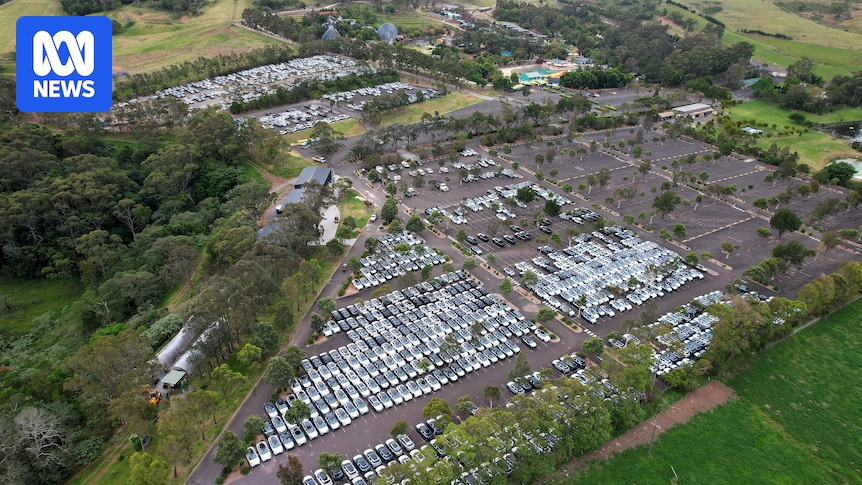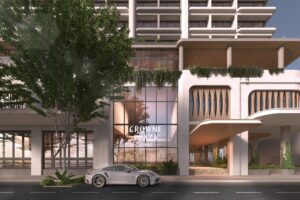
A proposal to utilize the car park of Jamberoo Action Park as a storage site for the increasing influx of electric vehicle (EV) imports has been halted by the Kiama Council. The decision came after Chinese EV manufacturer BYD sought to use the park’s car park during its off-season to store newly imported cars arriving through Port Kembla, New South Wales’ primary vehicle import hub.
Jamberoo Action Park’s marketing manager, Grant Wright, described the initiative as a “maximisation strategy” to leverage an underutilized asset. In recent months, thousands of cars were stationed at the site while the park remained closed to visitors, prompting concerns from local residents about safety and compliance with existing car park usage conditions.
Community Concerns and Council’s Response
Residents voiced their worries about the increased heavy vehicle traffic and potential safety issues, leading to complaints to the Kiama Council. The cars were reportedly stored in “pre-delivery” mode, a term used to describe vehicles awaiting final preparation before delivery to customers.
The site’s proximity to Port Kembla, less than an hour’s drive away, made it an attractive location for BYD. This comes amid a significant rise in electric vehicle sales, which accounted for over 12 percent of new car sales in the first half of 2025. The national EV fleet has now surpassed 410,000 vehicles, with approximately 77 percent of these being manufactured in China.
Regulatory and Zoning Challenges
Earlier this year, Kiama Council inspected Jamberoo Action Park and issued a compliance order. In response, the park submitted a development application on August 22 to formally use the land as a car park for vehicles not associated with park visitors. However, the application was rejected on Monday due to rural zoning regulations and traffic concerns.
Ed Paterson, Kiama Council’s director of planning, environment, and communities, expressed the council’s stance: “Initially, we thought, cars being parked in a car park seemed quite reasonable, but when we looked into it, we had some concerns.” He further emphasized the importance of seeking approval before commencing such operations, stating, “The adage is it’s always easier to ask for forgiveness than approval, but we really encourage people to come and speak to us before they start doing things because it is easier and cheaper.”
Local Reactions and Future Plans
Grant Wright remains confident in the park’s ability to manage the operation, citing the safe turnaround of numerous school buses during the busy summer months. He also noted that the park had previously operated year-round. The proposal has sparked debate on local social media, with some residents concerned about road impacts, while others criticized the complaints, highlighting the irony of a car park being used for parking cars.
Wright also mentioned that the car park had been used by the University of Wollongong for electric vehicle testing outside peak periods. Despite the council’s decision requiring the removal of the cars, Wright stated, “Despite this setback, we will continue to explore ways to make the most of our infrastructure while prioritizing safety and guest experience.”
BYD has been contacted for comment on the situation. Meanwhile, Jamberoo Action Park is set to resume full operations this weekend, marking the end of its off-season period.
Implications and Broader Context
This development highlights the growing pains associated with the rapid adoption of electric vehicles in Australia. As the national fleet expands, logistical challenges such as storage and transportation become increasingly pressing. The situation at Jamberoo Action Park underscores the need for strategic planning and collaboration between businesses and local authorities to accommodate this transition effectively.
Looking ahead, the resolution of such issues will be crucial in supporting the continued growth of the EV market, ensuring that infrastructure keeps pace with demand while maintaining community safety and compliance with regulatory frameworks.







